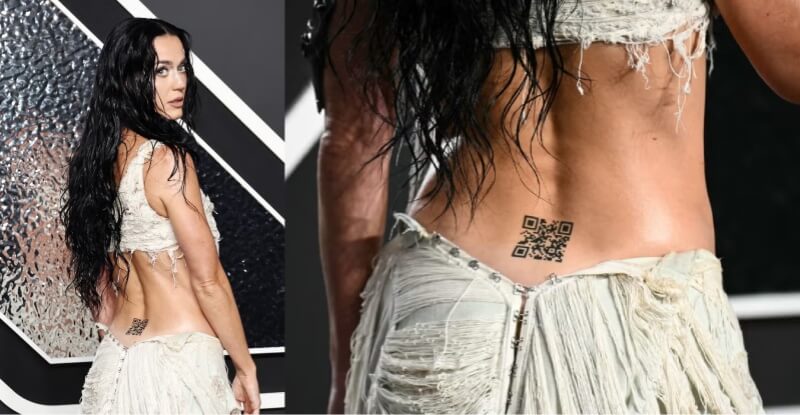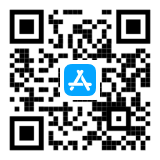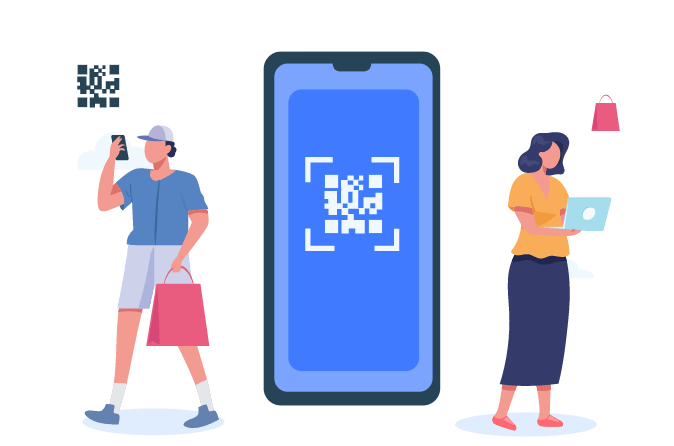Katy Perry, a pop singer known for her chart-topping hits and vibrant personality, has once again captured the public's attention with her latest move. The singer recently unveiled a new tattoo that has caused a stir on social media, with fans wondering: what does Katy Perry's tattoo say? This is no ordinary tattoo, but a QR code, sparking curiosity and debate among her fans and the public at large.
This article delves into the story behind Katy Perry's QR code tattoo, exploring its meaning, the technology involved, and the wider implications for interactive marketing in the entertainment industry.

Part 1. Breaking Down Katy Perry's VMAs Appearance
Katy Perry's appearance at the 2024 MTV Video Music Awards (VMAs) was nothing short of stunning. The pop icon continued her edgy, skin-baring style as she hit the red carpet in a daring outfit. She wore a one-shoulder bra top and a floor-length skirt, both designed by Who Decides War, that gave the impression of being draped in wet pulp and yarn, creating a deconstructed vibe. Rendered in a sophisticated ivory hue, the gown featured distressed fabrics, asymmetrical draping, and tattered details that recalled Victorian fashion for a hauntingly beautiful look.
What really caught everyone's attention was the temporary QR code tattoo on Perry's back that linked to the pre-order site for her upcoming studio album 143, which is released on September 20. The unexpected element added an interactive dimension to her red carpet appearance, blending fashion and technology in a way never seen before at such a high-profile event.

Part 2. What the Katy Perry's QR Code Reveals
Perry's QR code tattoo, created by a QR code generator, has become an example of the unexpected power of marketing. By incorporating this interactive element into her VMA appearance, she created a viral moment that had an impact far beyond the event itself. This innovative approach sparked curiosity and debate among her fans and the public at large.
This exemplifies how artists can tap into fans' curiosity and create virality. This approach aligns with the "information gap theory" coined by psychologist George Loewenstein, which posits that curiosity arises when people become aware of a gap in their knowledge.
The use of QR codes in body paint is a relatively new trend that is growing in popularity. Once scanned, these tattoos can act as a bridge between the physical and digital worlds, allowing the body to become a portal into the digital world. For Perry, her temporary tattoo has become a direct link to her upcoming album, creating a memorable experience for her fans.
Part 3. The Future of QR Code Interactive Marketing
Research shows that in 2022, user-generated QR codes were scanned more than 6.8 million times worldwide, up 433% from the previous year. This significant growth shows that people are becoming more comfortable with and familiar with the technology.
A study by Sharethrough found that 76% of people said they would scan a QR code if there was relevant content while watching TV. This statistic highlights the potential of QR codes to capture audience attention and drive engagement, especially when combined with compelling content or offers.
As a result, the future of QR code interactive marketing is bright, with endless possibilities for enhancing consumer engagement and driving sales. Brands can use this technology to provide unique content, promotions and interactive elements that traditional marketing channels cannot provide. This exclusivity satisfies consumers' desire for special treatment and insider access.









Rated Successfully!
You have already rated this article!